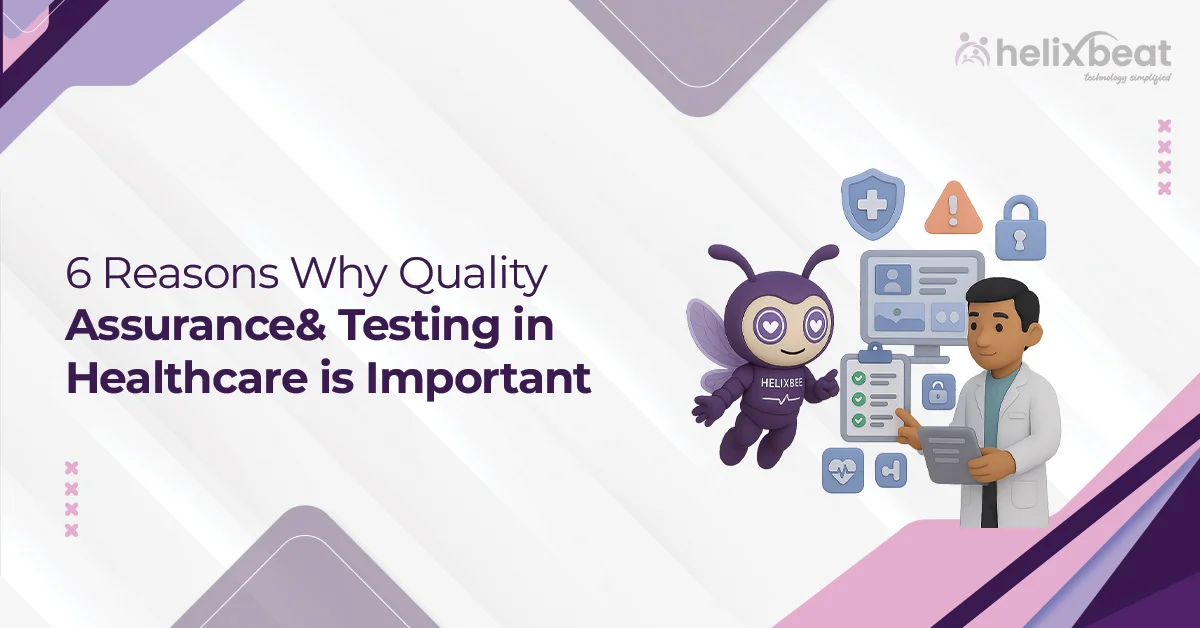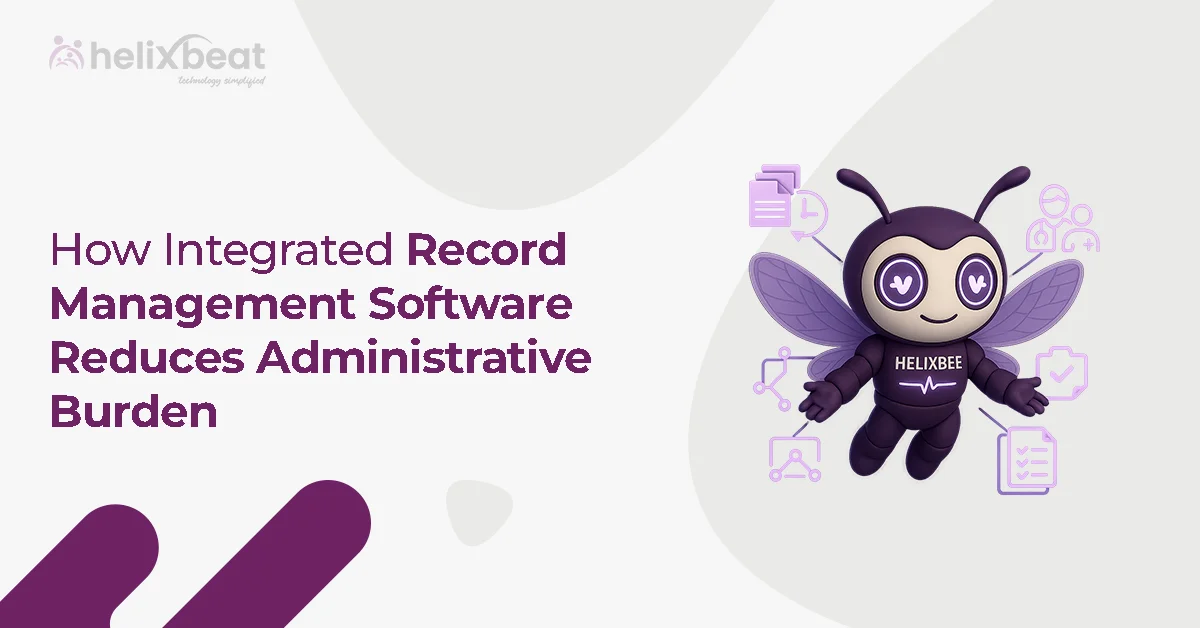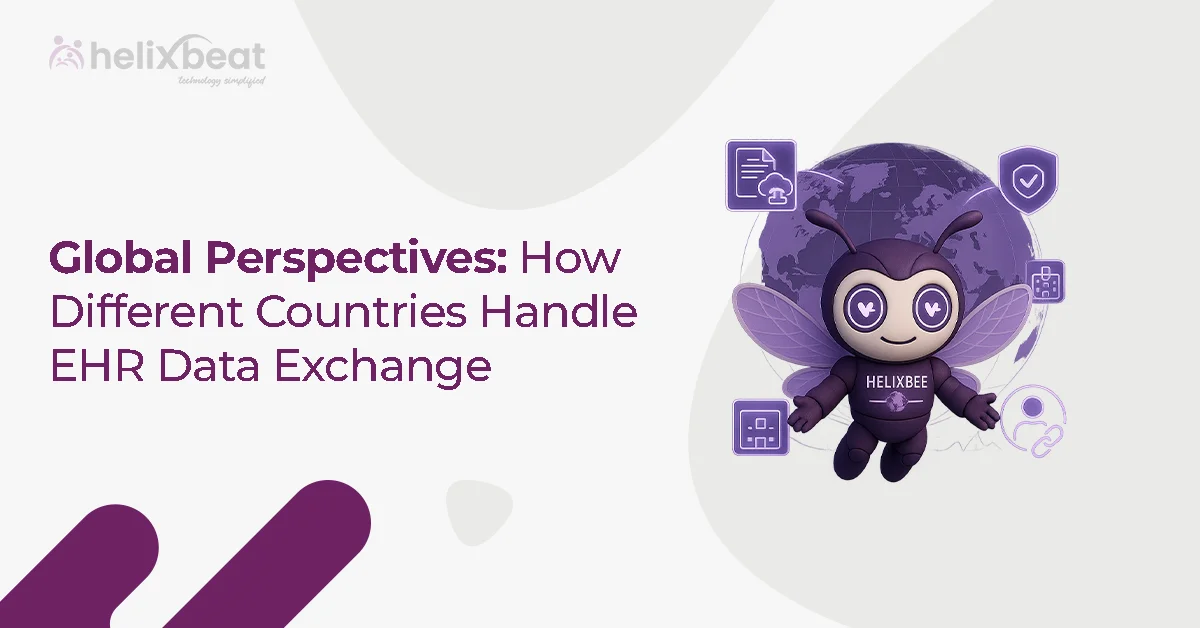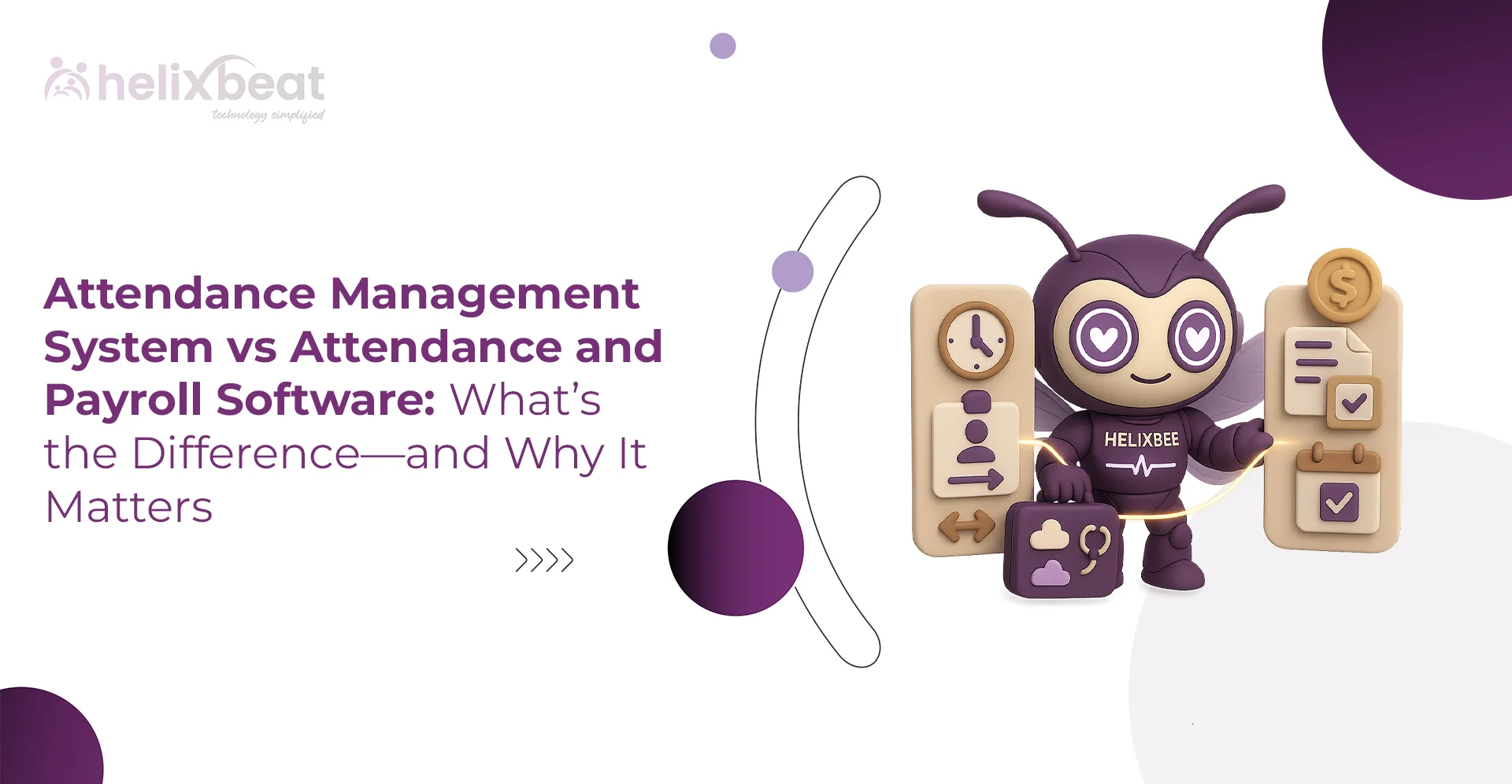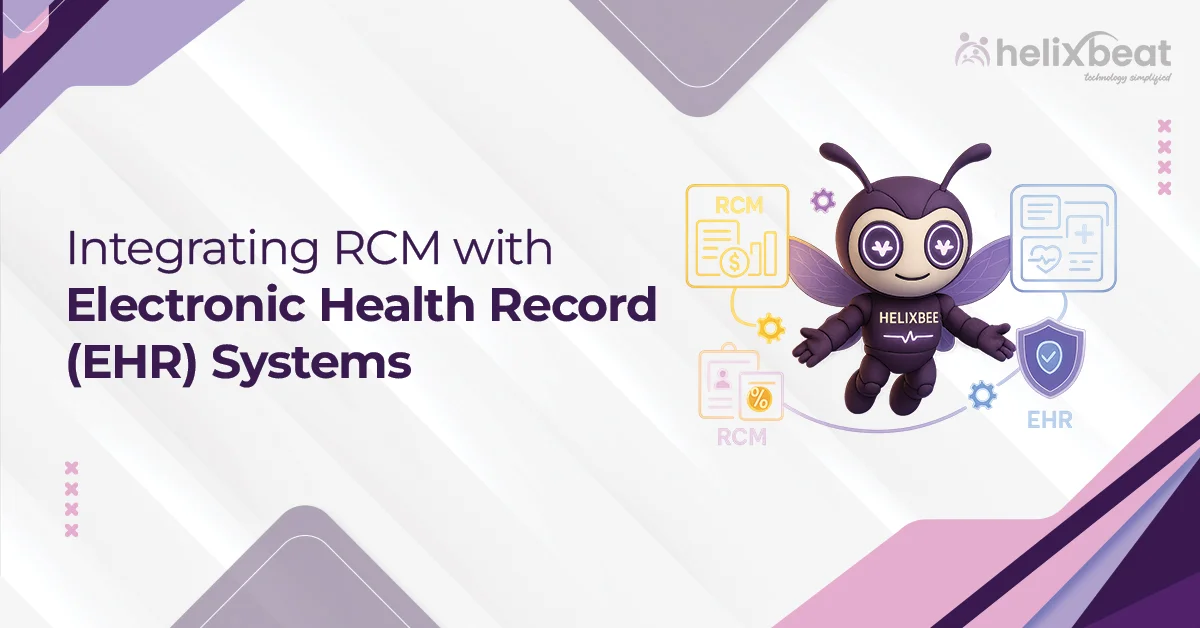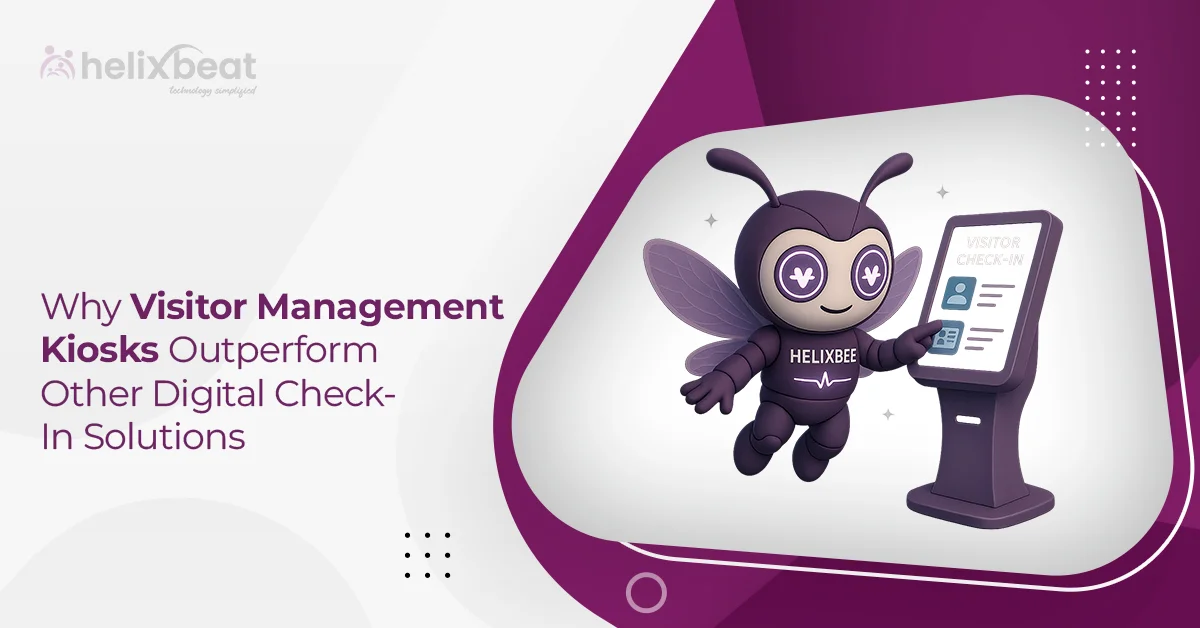According to the World Health Organization, about 1 in 10 patients is harmed during hospital care, and many of these cases are linked to software or system errors. That means even a small mistake in a hospital app, a health record system, or a remote monitoring tool can lead to wrong treatment or delayed care.
The problem is, today healthcare depends lot on digital tools, but not all of them are tested properly. If an app crashes during an emergency, or if patient data is lost due to a bug, the results can be serious.
This is why healthcare testing is so important. It helps find problems in software before they reach doctors or patients. With proper healthcare software testing, hospitals and clinics can build safe, reliable, and user-friendly apps that perform effectively in real-world settings.
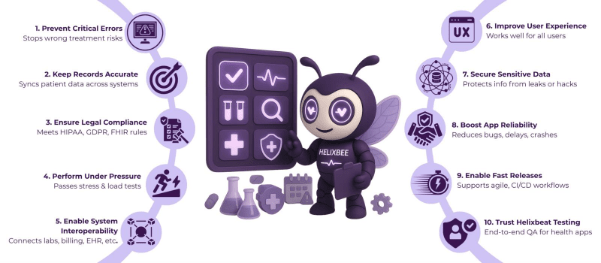
Table of Contents
Roles of healthcare testing services
These services are not just about checking if an app runs; they go much deeper to test how well it performs in real medical situations.
- Check for Bugs and Errors: They test every part of the software to find and fix issues like incorrect data, system crashes, or problems with loading patient information.
- Protect Patient Data: Healthcare apps deal with sensitive personal information. Testing makes sure this data is secure, encrypted, and protected from hackers or leaks.
- Test Real-Life Scenarios: The software is tested under real hospital or clinic conditions like emergency situations, high patient traffic, or multiple users at once; to make sure it won’t fail when it’s needed most.
- Follow Healthcare Rules: These services make sure the software follows healthcare regulations like HIPAA or FHIR, which are required to legally handle patient information.
- Improve User Experience: Testing also checks if the software is easy for doctors, nurses, and patients to use on different devices, screen sizes, and operating systems.
In short, healthcare testing services help build reliable, secure, and user-friendly health tech products that work smoothly when it matters the most.
6 Reasons Why Quality Assurance& Testing in Healthcare is Important
1. Prevent Life-Threatening Errors in Clinical Decision-Making
Doctors rely on healthcare software to make quick, informed decisions; whether it’s viewing lab reports, diagnosing a condition, or adjusting treatment based on vitals. If this software delivers incorrect data due to a bug, the consequences can be fatal.
For example, if an app miscalculates a drug dosage or displays outdated lab results, it could lead to severe complications or death. Healthcare software testing helps verify that all calculations, data fetching, and decision-support features work correctly under all conditions, reducing the risk of such life-threatening mistakes.
2. Maintain Accurate and Consistent Patient Records Across Systems
Healthcare systems often pull patient data from multiple sources: EHRs, lab systems, wearables, and pharmacy databases. Inaccurate or inconsistent data syncing between these platforms can lead to confusion or misdiagnosis.
Through rigorous integration testing and validation, healthcare app testing services confirm that data is updated in real-time, duplicated records are avoided, and systems communicate effectively. This supports continuity of care and builds confidence among healthcare professionals who depend on up-to-date information.
3. Achieve Compliance with Healthcare Regulations
Regulations like HIPAA (USA), GDPR (Europe), and standards like HL7 and FHIR are strict about how healthcare software handles personal data. Non-compliance doesn’t just result in financial penalties; it damages trust and credibility.
Healthcare testing involves reviewing whether the software encrypts data correctly, restricts unauthorized access, and logs activity as required by law. Testers also verify whether data is securely stored and transmitted, helping the software meet all legal and industry requirements before it goes live.
4. Guarantee Reliability During High-Stress or Emergency Situations
During emergencies like a mass casualty event or a pandemic surge—hospital software must perform without fail. Imagine an ICU dashboard freezing while monitoring a critical patient, or a patient registration system crashing during a COVID testing drive.
Load testing and performance testing simulate high-traffic situations to check how systems behave under pressure. These stress tests are a core part of healthcare software testing, helping teams optimize speed, uptime, and reliability in real-world healthcare settings.
5. Support Interoperability Across Complex Healthcare Ecosystems
Hospitals don’t operate in silos. A single patient may interact with different systems for radiology, pharmacy, billing, and insurance. QA plays a central role in confirming that all these systems “speak the same language.”
Using data mapping tests, API testing, and HL7/FHIR compatibility checks, QA ensures that all integrated systems work in sync. This not only improves operational efficiency but also helps deliver faster and more accurate care.
6. Create a Seamless Experience for Both Patients and Providers
User experience is not just about design; it’s about functionality and accessibility. Doctors need to input and retrieve information quickly, and patients need to book appointments, access reports, or talk to their providers without glitches.
Healthcare app testing services focus on usability testing across different devices, operating systems, and user types. For example, they test how easily a senior citizen can use a telemedicine app or how well a nurse can update a record using a tablet during rounds. The result? Smoother workflows, fewer errors, and higher satisfaction across the board.
How Helixbeat Healthcare Software Testing Works: Step-by-Step Process
At Helixbeat, healthcare testing processes are built specifically to support health tech products, from telemedicine apps to EHR platforms. Listed below are step by step processes in healthcare software testing.
Step 1: Requirement Analysis with Compliance in Focus
We begin by understanding the healthcare product’s functionality, target users, and compliance needs like HIPAA, HL7, FHIR, GDPR. Our QA experts work closely with your team to identify critical workflows, sensitive data points, and clinical use cases that must be tested.
Outcome: A test strategy tailored for both performance and regulatory compliance.
Step 2: Test Planning and Framework Setup
Once the scope is clear, we design a complete test plan that outlines test types (manual, automated, performance, security), environments, tools, and timelines. We also create reusable test frameworks suited for ongoing agile releases.
Outcome: A robust testing roadmap designed to evolve with your product lifecycle.
Step 3: Functional and Integration Testing
We perform detailed testing to verify that each module of your software works as expected—scheduling, patient onboarding, doctor dashboards, clinical notes, billing, and more. Our testers also validate how your software integrates with third-party systems like lab software, pharmacy APIs, or insurance portals.
Outcome: Flawless workflows and seamless interoperability across healthcare systems.
Step 4: Security and Data Privacy Testing
Our team conducts penetration testing, role-based access control testing, and data encryption checks to identify security vulnerabilities. We also ensure that patient data is protected both at rest and in transit, aligning with HIPAA and GDPR standards.
Outcome: A secure healthcare product that builds trust and meets legal mandates.
Step 5: Performance and Load Testing
Using real-world usage scenarios, we simulate high-traffic conditions such as emergency hours, bulk uploads, or simultaneous telehealth sessions. This helps identify performance bottlenecks and optimize system speed and stability.
Outcome: Software that performs reliably even during critical usage spikes.
Step 6: User Acceptance Testing (UAT) and Accessibility Checks
We conduct UAT with real stakeholders: clinicians, nurses, admin staff, or patients to gather direct feedback on usability, accessibility, and functionality. We also test accessibility features like voice assistance, screen readers, and large text formats.
Outcome: A product that is usable and intuitive for all user groups.
Step 7: Continuous Testing in CI/CD Pipelines
For teams following agile or DevOps workflows, Helixbeat integrates automated healthcare app testing services into your CI/CD pipelines. This allows for faster release cycles without compromising on quality.
Outcome: Quicker go-to-market with consistent quality across releases.
Final Thoughts
In healthcare, even a small software issue can have serious consequences. Whether it’s a delayed report or a wrong medical update, the impact can be life-altering. That’s why healthcare testing isn’t just a technical step; it’s a crucial part of building safe and dependable systems.
With proper healthcare software testing, you make sure your app works smoothly, protects patient data, and supports real-world clinical needs. It gives both doctors and patients the confidence to use your product without worry.
At Helixbeat, we know how important this is. That’s why our team goes beyond basic testing—we help you build healthcare solutions that people can truly trust.
Let Helixbeat support your next health tech launch with expert healthcare app testing services. Contact us now.
FAQ
1. What is testing in healthcare?
Testing in healthcare refers to checking medical software, apps, and systems to make sure they work correctly, securely, and reliably. It includes finding bugs, testing performance, and validating compliance with health regulations like HIPAA or FHIR.
2. What is the QA process in healthcare?
The QA (Quality Assurance) process in healthcare includes planning, testing, reviewing, and improving healthcare applications or systems. It focuses on making sure the product meets safety, accuracy, usability, and compliance standards before it is used by doctors or patients.
3. What is the benefit of testing in healthcare?
Healthcare testing helps catch software issues early, protects patient data, improves system performance, and builds trust among users. It also reduces risks of wrong treatment, delays, or data loss in critical situations.
4. What is the difference between QA and QC in healthcare?
QA (Quality Assurance) focuses on improving the overall process of developing healthcare software to prevent issues. QC (Quality Control) is about testing the final product to find defects. QA is process-driven, while QC is product-driven.
5. Why is healthcare testing mandatory?
Healthcare testing is mandatory because software errors in medical systems can lead to harm, legal issues, and data breaches. Testing helps meet safety regulations, ensures reliable performance, and protects both patients and providers.



